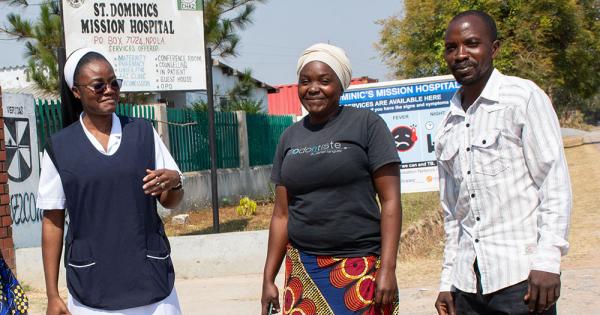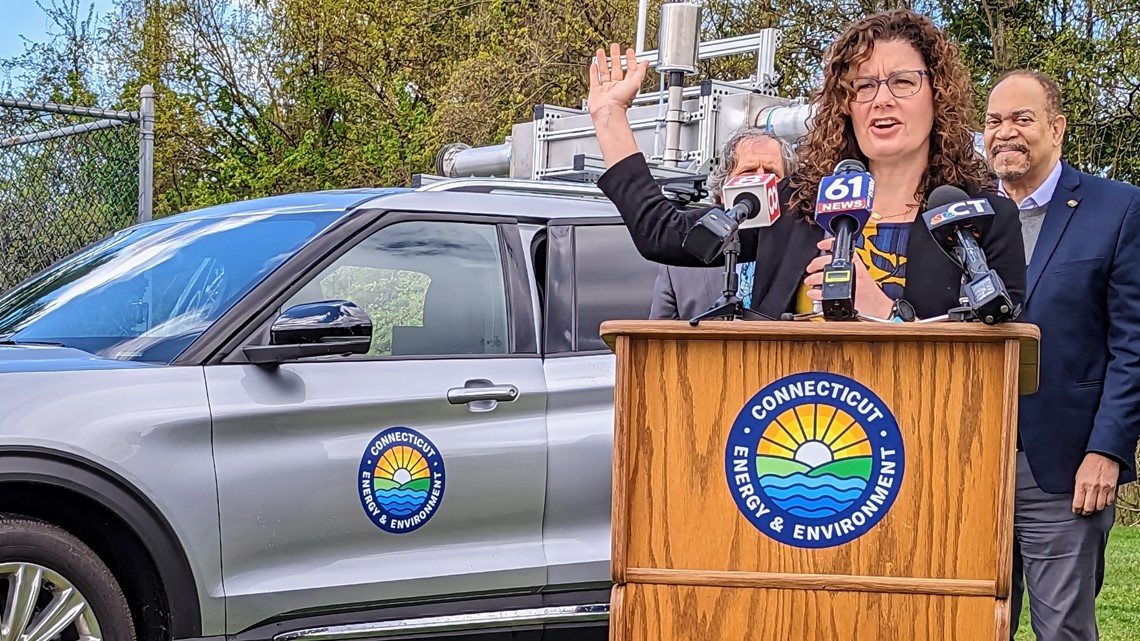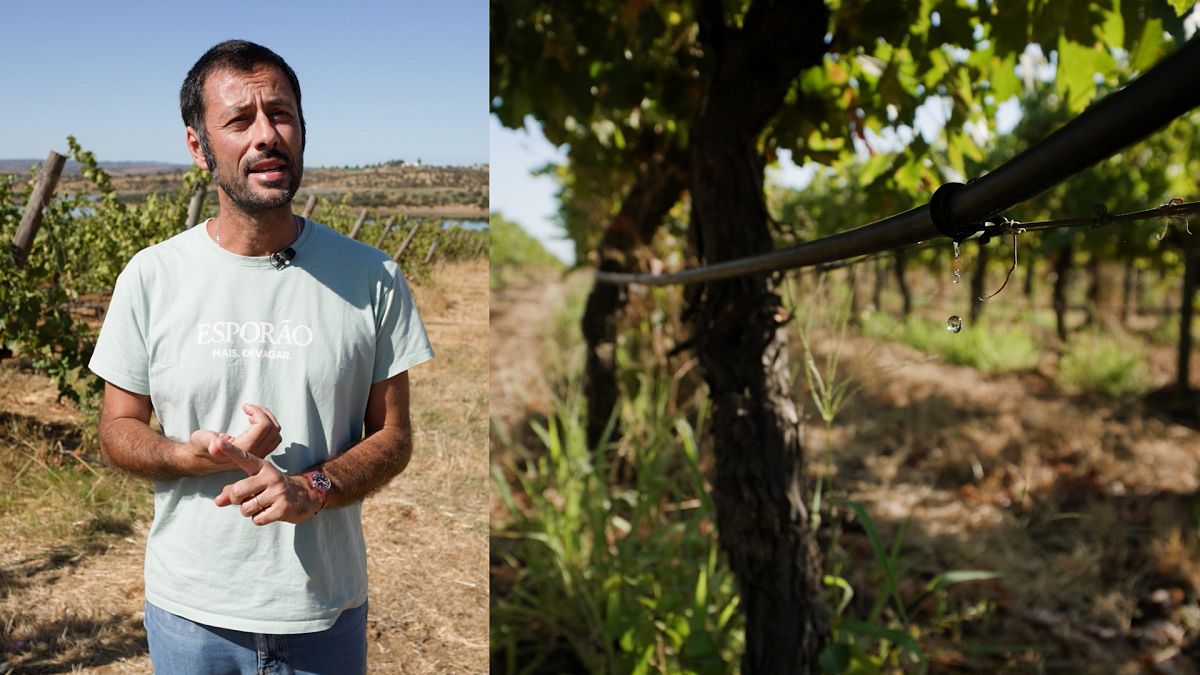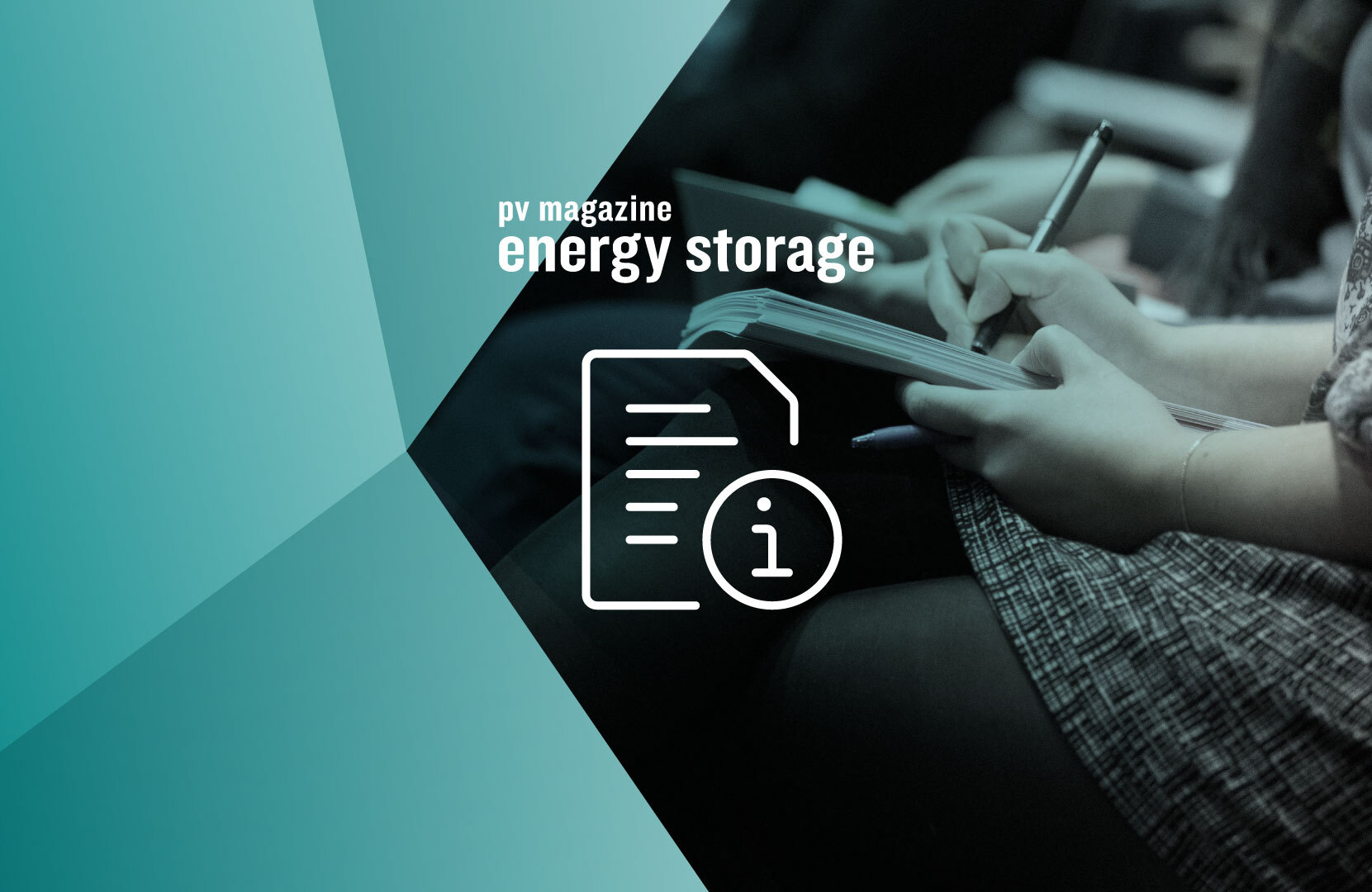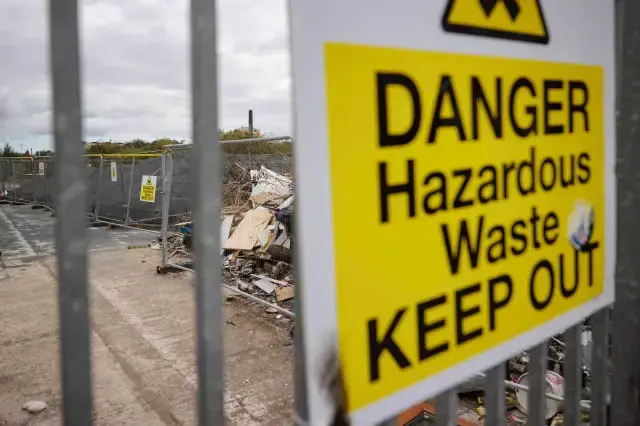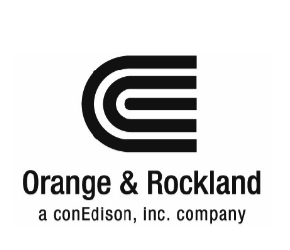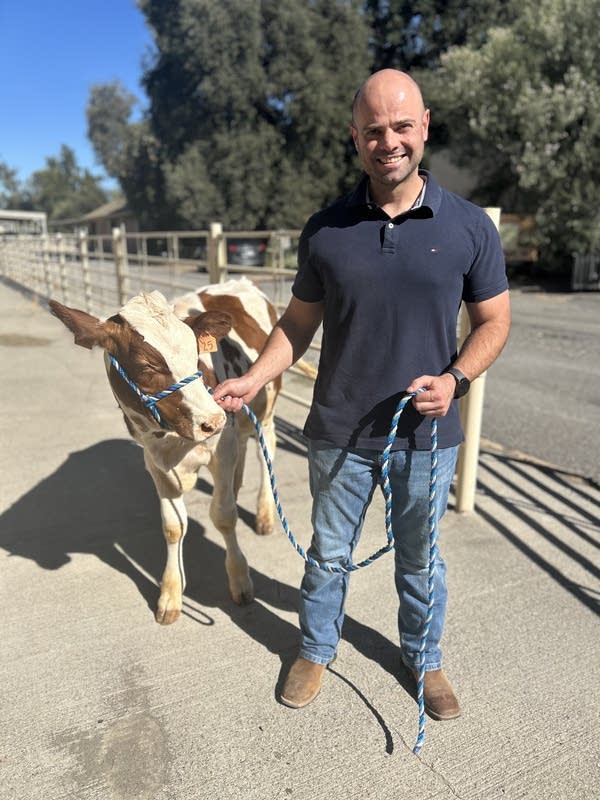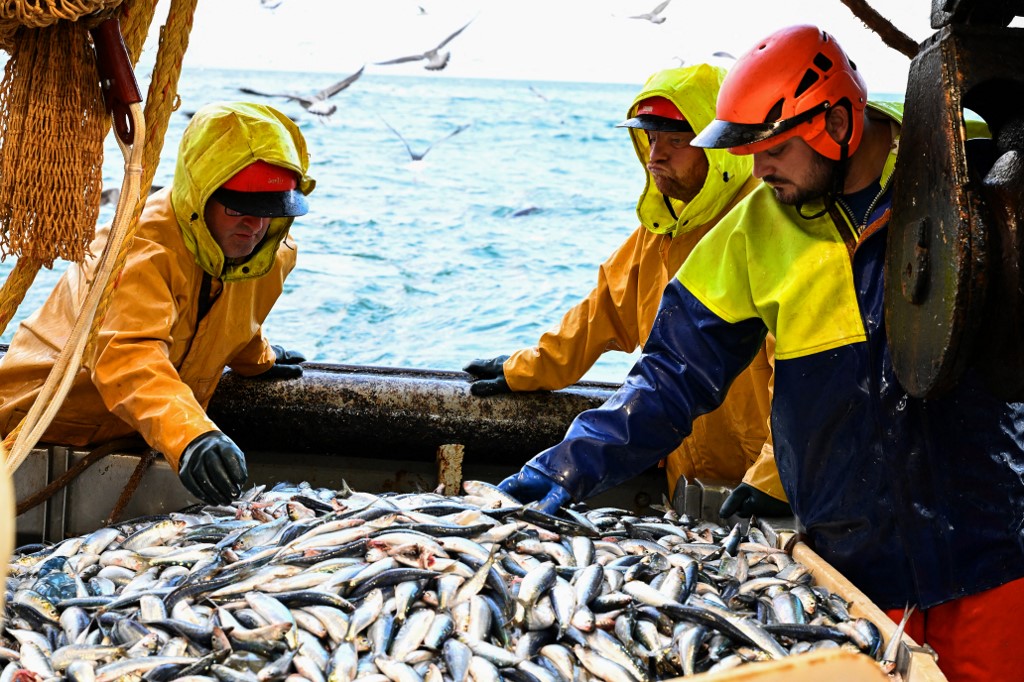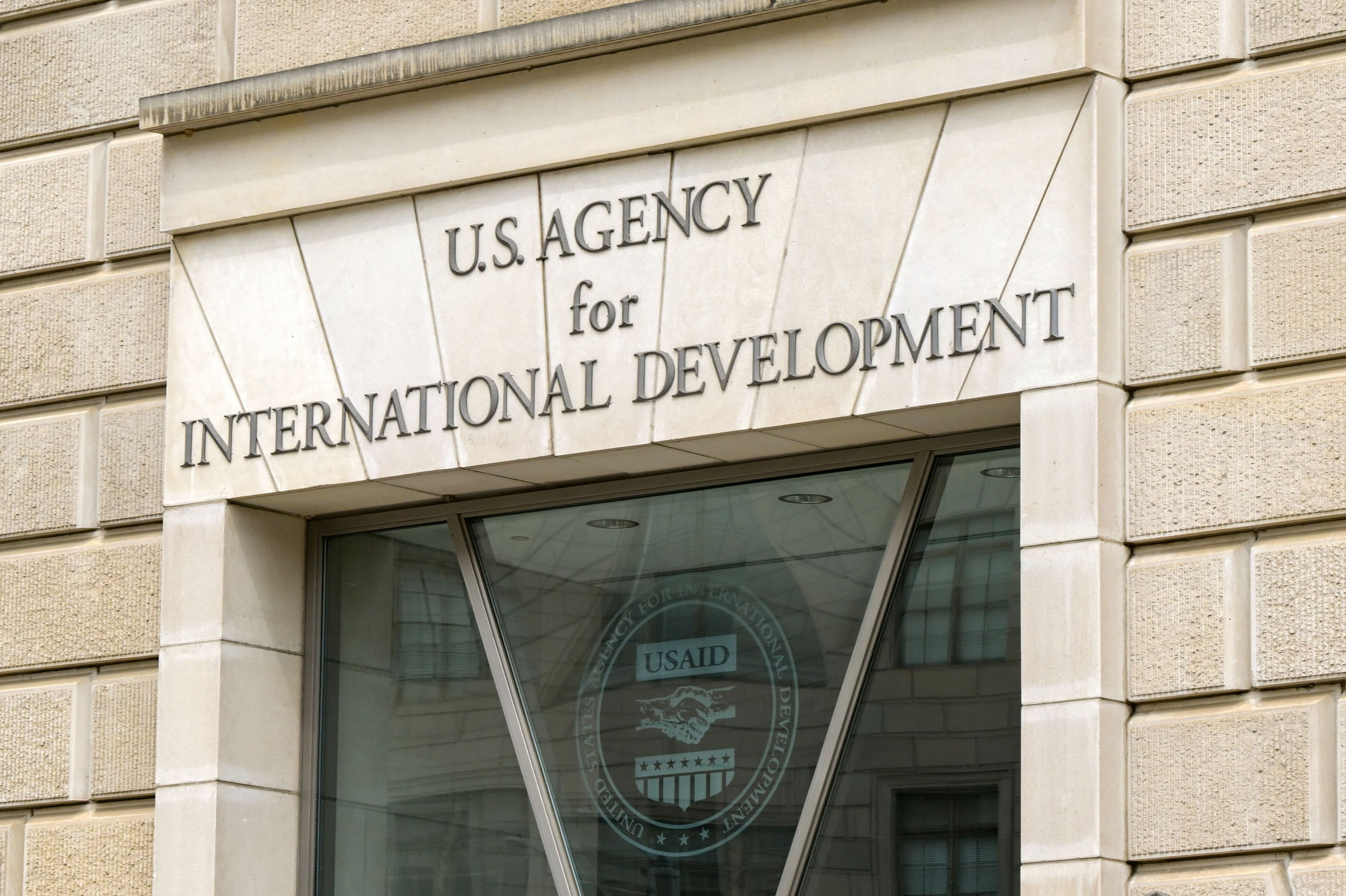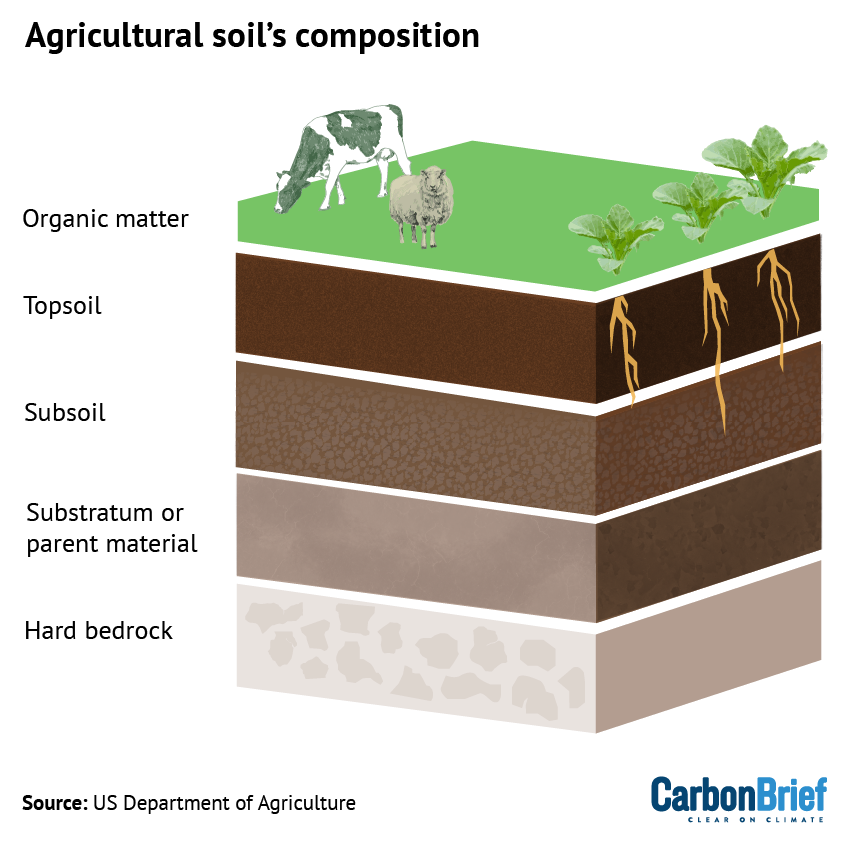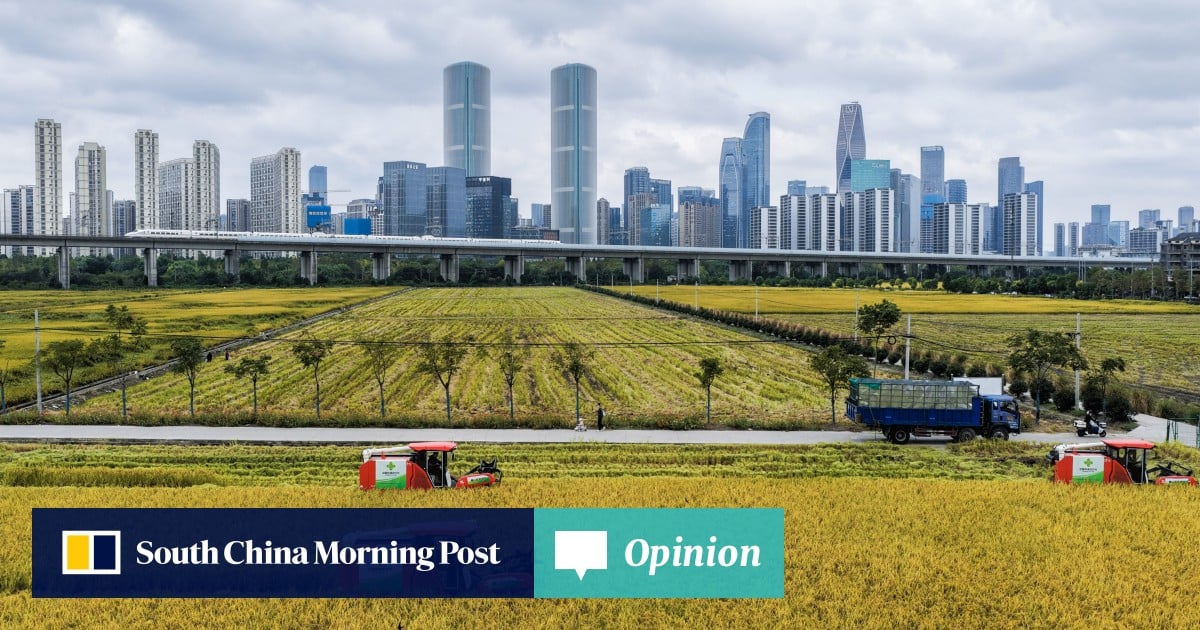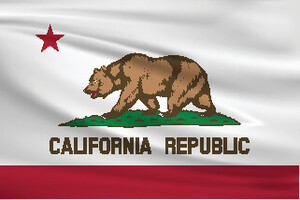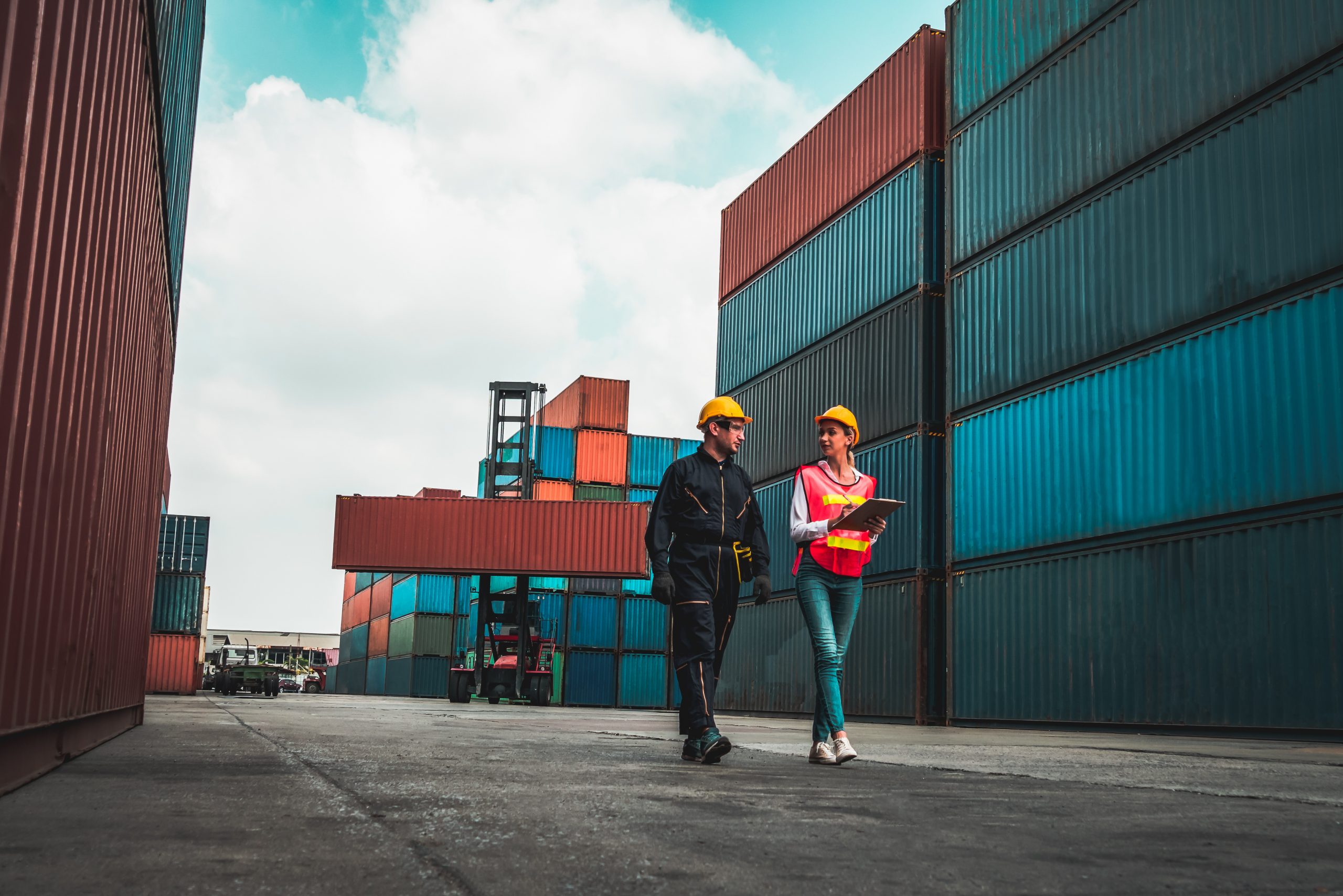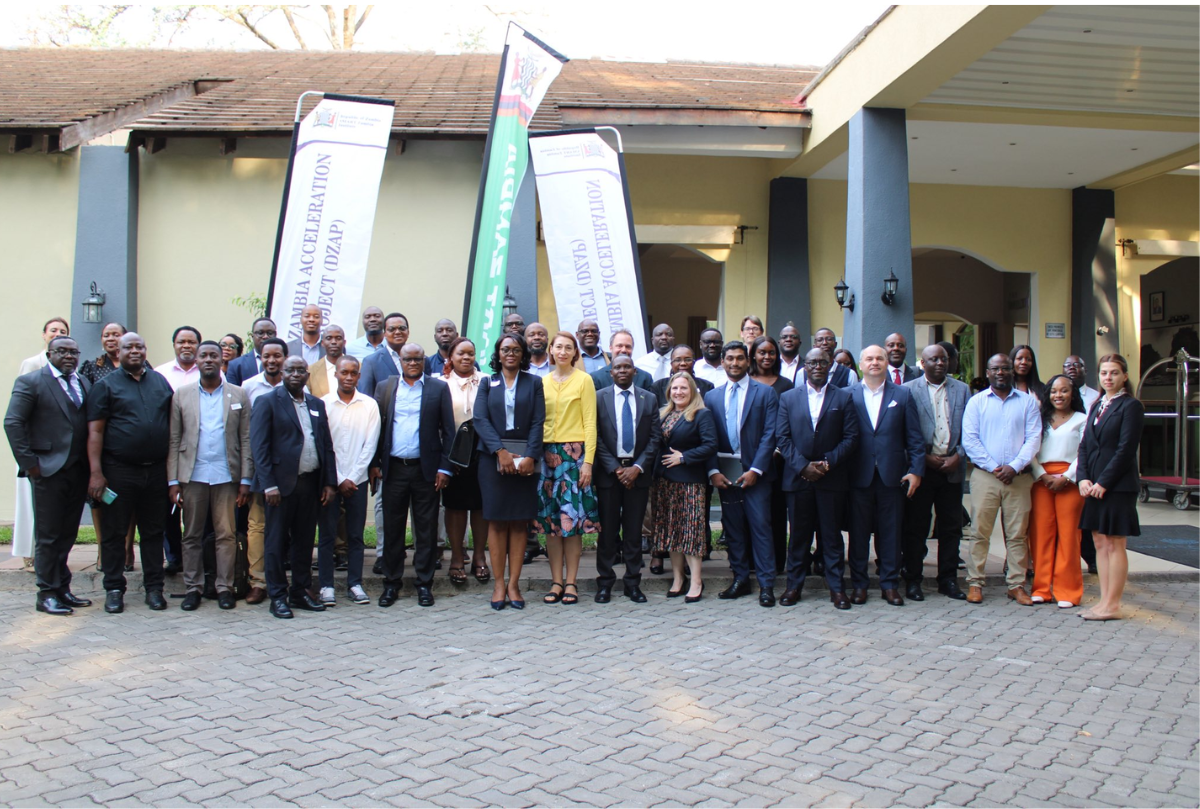Saving with 6abc: Too Good To Go app helps eliminate food waste while saving you money – 6abc Philadelphia
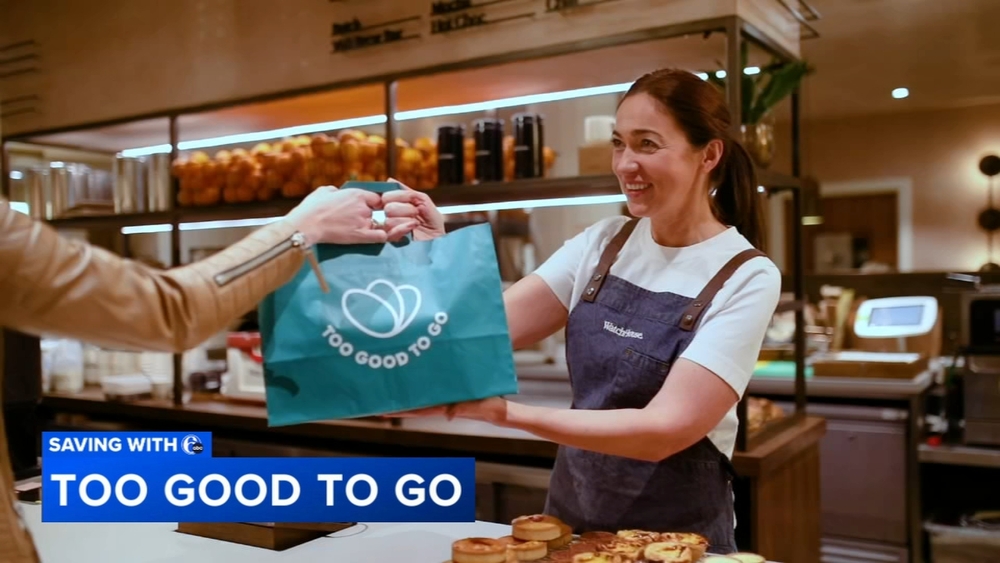
Report on the Too Good To Go App and Its Contribution to Sustainable Development Goals (SDGs)
Introduction
In Philadelphia, the Too Good To Go app provides consumers with access to surplus food from local cafes and restaurants at significantly discounted prices. This initiative not only offers economic benefits but also plays a crucial role in reducing food waste, aligning with several Sustainable Development Goals (SDGs).
Overview of Too Good To Go
- Too Good To Go is recognized as the world’s largest marketplace for surplus food from eateries and stores.
- Over 1,200 businesses in Philadelphia participate, including notable establishments such as Kismet Bagels Luncheonette.
- The app connects businesses with surplus food to consumers interested in purchasing it at reduced costs.
Impact on Food Waste Reduction and SDGs
The app directly supports the following SDGs:
- SDG 12: Responsible Consumption and Production – By preventing edible food from being discarded, Too Good To Go promotes sustainable consumption patterns.
- SDG 13: Climate Action – Reducing food waste decreases greenhouse gas emissions associated with food production and landfill disposal.
- SDG 2: Zero Hunger – The app provides affordable food options, improving food accessibility for consumers.
Case Study: Kismet Bagels Luncheonette
- Owner Jacob Cohen reported that surplus bagels, which were previously at risk of becoming waste, are now sold through the app.
- Consumers purchase two four-packs of bagels for $4.99 each, compared to the original price of $9, offering substantial savings.
- This practice has resulted in nearly zero waste of bagels at Kismet, demonstrating effective waste management.
- Cohen highlighted the added community engagement benefits, fostering new relationships between the business and consumers.
App Functionality and Consumer Benefits
- The app offers a location-based service, showing available surplus food options nearby.
- Consumers can find a variety of products, including produce, pastries, and pizza, from restaurants, grocery stores like Whole Foods, and convenience stores.
- Purchases are made through the app, with food picked up at designated times.
- The exact contents of the food packages are a surprise, but consumers typically receive about three times the value of the purchase price.
Achievements and Future Outlook
- Since its launch in Philadelphia nearly four years ago, Too Good To Go has saved consumers over $8 million.
- The app’s success contributes significantly to environmental sustainability and economic savings, supporting multiple SDGs.
- Continued expansion and participation are expected to further enhance its impact on reducing food waste and promoting sustainable consumption.
Conclusion
Too Good To Go exemplifies an innovative solution that addresses food waste while promoting economic and environmental sustainability. By aligning with key Sustainable Development Goals, the app fosters responsible consumption, climate action, and improved food accessibility in the Philadelphia community.
Additional Information
For more details, visit the official website: TooGoodToGo.com.
1. Sustainable Development Goals (SDGs) Addressed
- SDG 2: Zero Hunger – The article discusses reducing food waste and making surplus food available at discounted prices, contributing to food security and access.
- SDG 12: Responsible Consumption and Production – The focus on minimizing food waste and promoting sustainable consumption aligns directly with this goal.
- SDG 13: Climate Action – By reducing food waste, the app helps decrease environmental impact, including greenhouse gas emissions from landfills.
- SDG 8: Decent Work and Economic Growth – The app helps businesses recoup lost revenue and supports local economies.
2. Specific Targets Under Identified SDGs
- SDG 2 – Target 2.1: End hunger and ensure access by all people to safe, nutritious and sufficient food all year round. The app increases access to affordable food.
- SDG 12 – Target 12.3: By 2030, halve per capita global food waste at the retail and consumer levels and reduce food losses along production and supply chains. The app directly addresses food waste reduction.
- SDG 13 – Target 13.1: Strengthen resilience and adaptive capacity to climate-related hazards and natural disasters. Reducing food waste lowers environmental impact contributing to climate mitigation.
- SDG 8 – Target 8.3: Promote development-oriented policies that support productive activities, decent job creation, and entrepreneurship. The app supports local businesses and helps recover revenue.
3. Indicators Mentioned or Implied to Measure Progress
- Indicator for SDG 12.3: Amount of food waste reduced or diverted from landfills. The article mentions “pretty much zero waste” of bagels at Kismet Bagels and the app’s impact on reducing food waste.
- Indicator for SDG 2.1: Number of people accessing affordable surplus food. The article notes over $8 million saved for consumers and 1,200 participating businesses, implying increased food access.
- Indicator for SDG 8.3: Revenue recovered by businesses from surplus food sales. The app helps businesses recoup lost revenue, as stated by the owner of Kismet Bagels.
- Indicator for SDG 13.1: Reduction in environmental impact from food waste (implied). The app’s goal to reduce landfill waste contributes to climate action.
4. Table of SDGs, Targets, and Indicators
| SDGs | Targets | Indicators |
|---|---|---|
| SDG 2: Zero Hunger | Target 2.1: End hunger and ensure access to safe, nutritious, and sufficient food all year round. | Number of people accessing affordable surplus food; amount of food distributed through the app. |
| SDG 12: Responsible Consumption and Production | Target 12.3: Halve per capita global food waste at retail and consumer levels by 2030. | Amount of food waste reduced or diverted from landfills (e.g., “zero waste” at Kismet Bagels). |
| SDG 13: Climate Action | Target 13.1: Strengthen resilience and adaptive capacity to climate-related hazards. | Reduction in environmental impact from food waste (implied reduction in landfill emissions). |
| SDG 8: Decent Work and Economic Growth | Target 8.3: Promote policies supporting productive activities and entrepreneurship. | Revenue recovered by businesses from surplus food sales; number of participating businesses. |
Source: 6abc.com

What is Your Reaction?
 Like
0
Like
0
 Dislike
0
Dislike
0
 Love
0
Love
0
 Funny
0
Funny
0
 Angry
0
Angry
0
 Sad
0
Sad
0
 Wow
0
Wow
0









